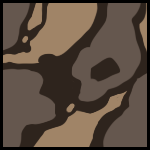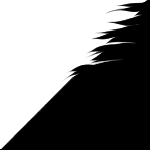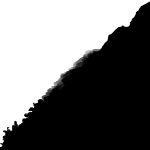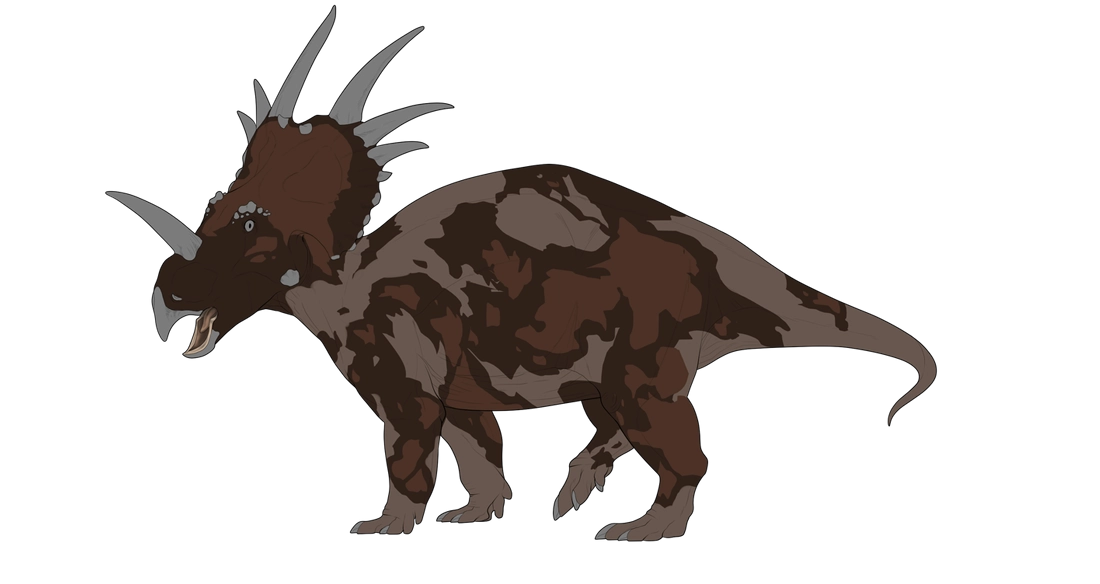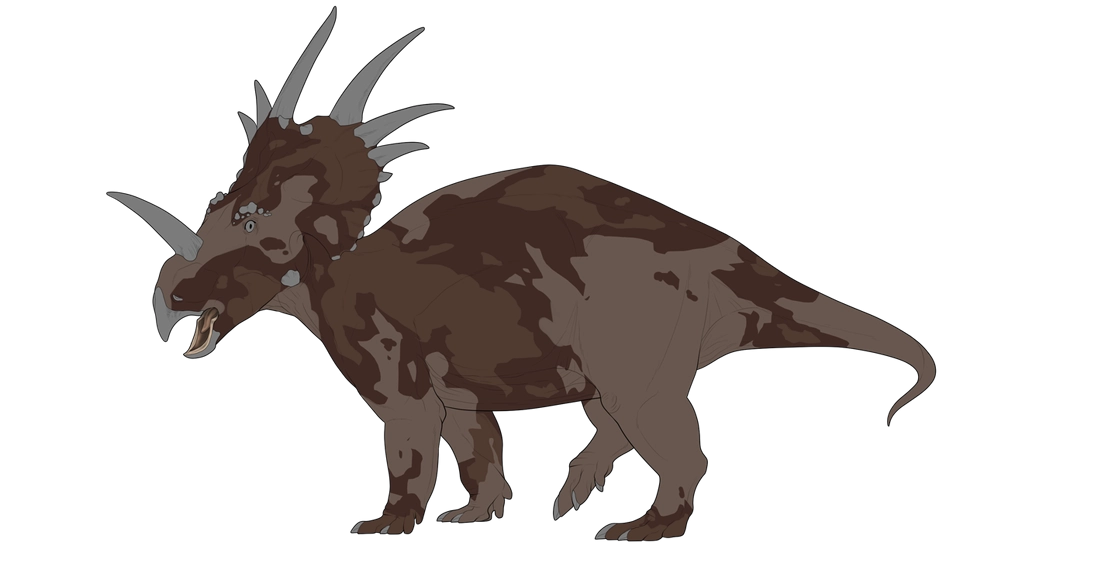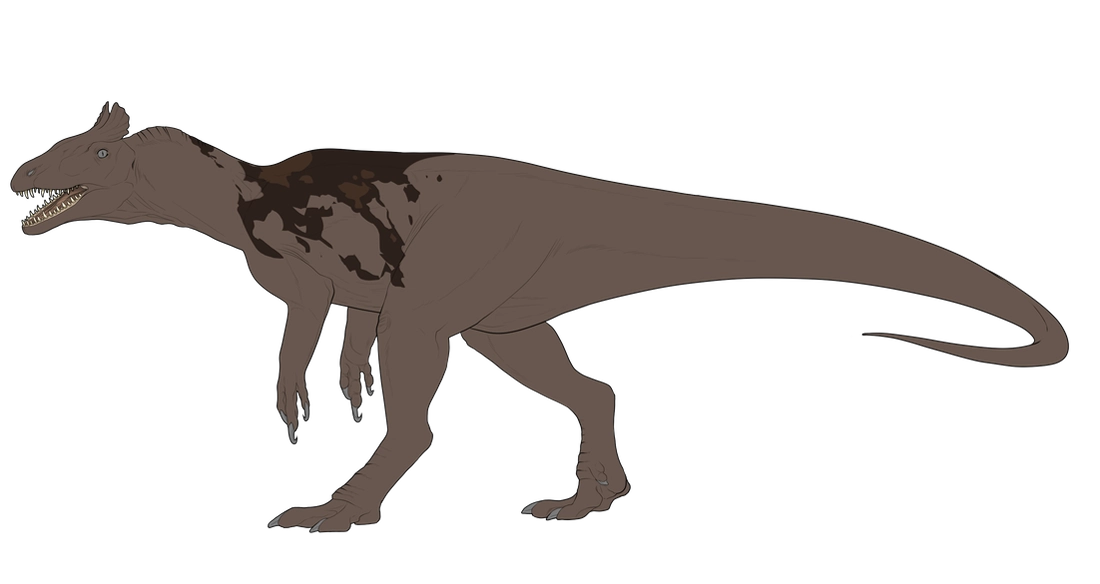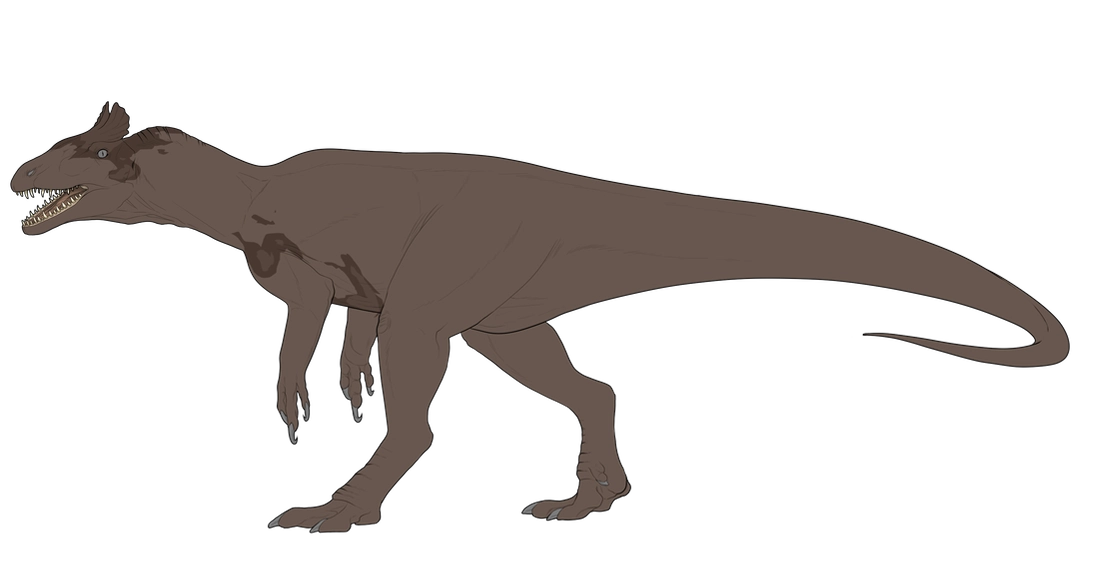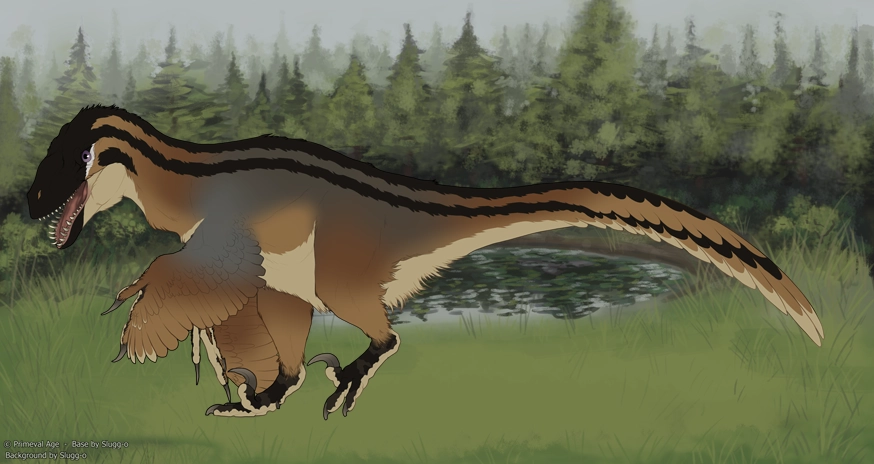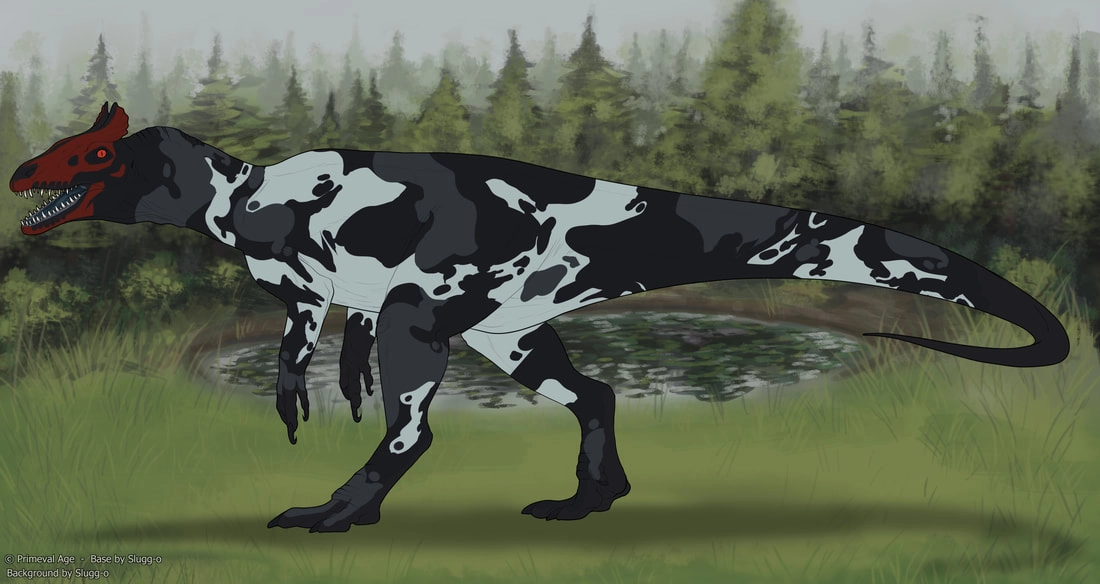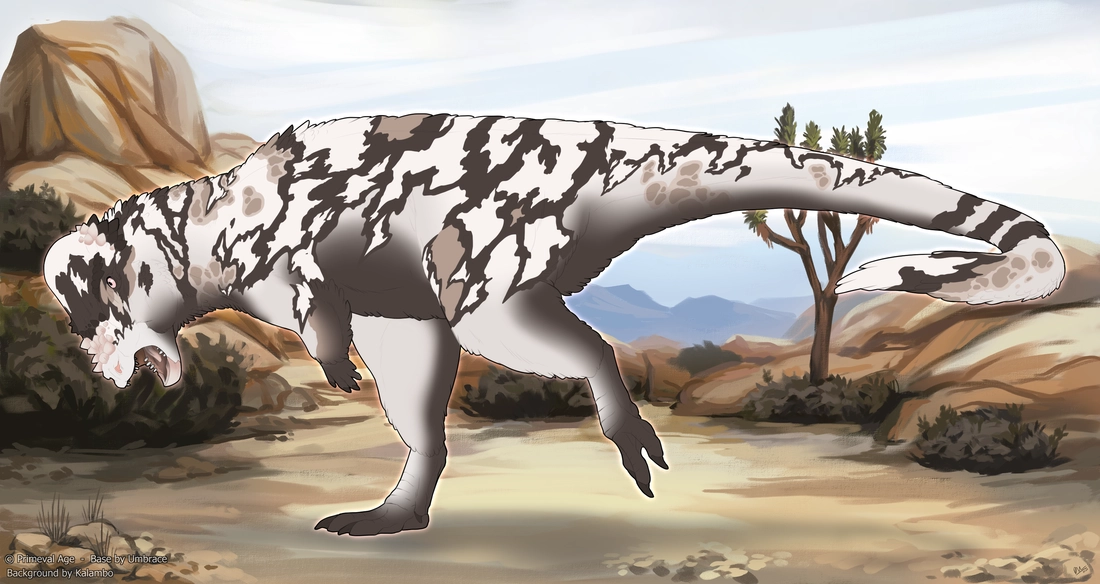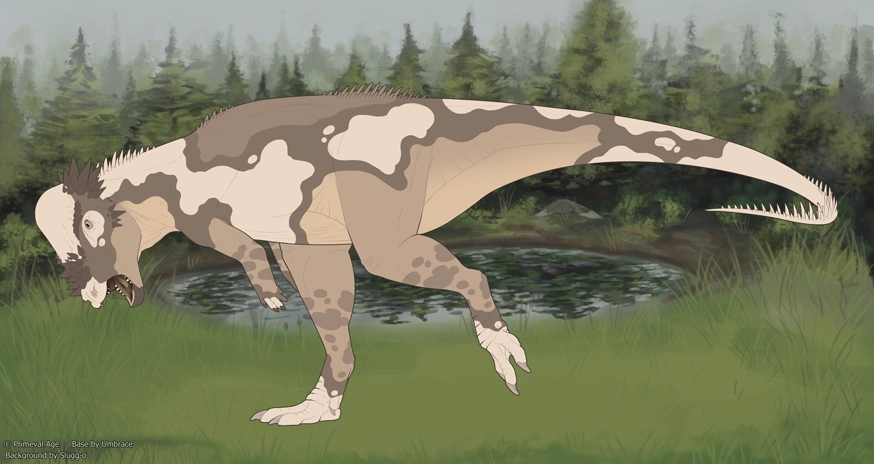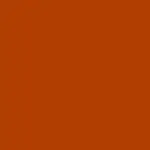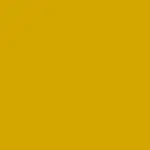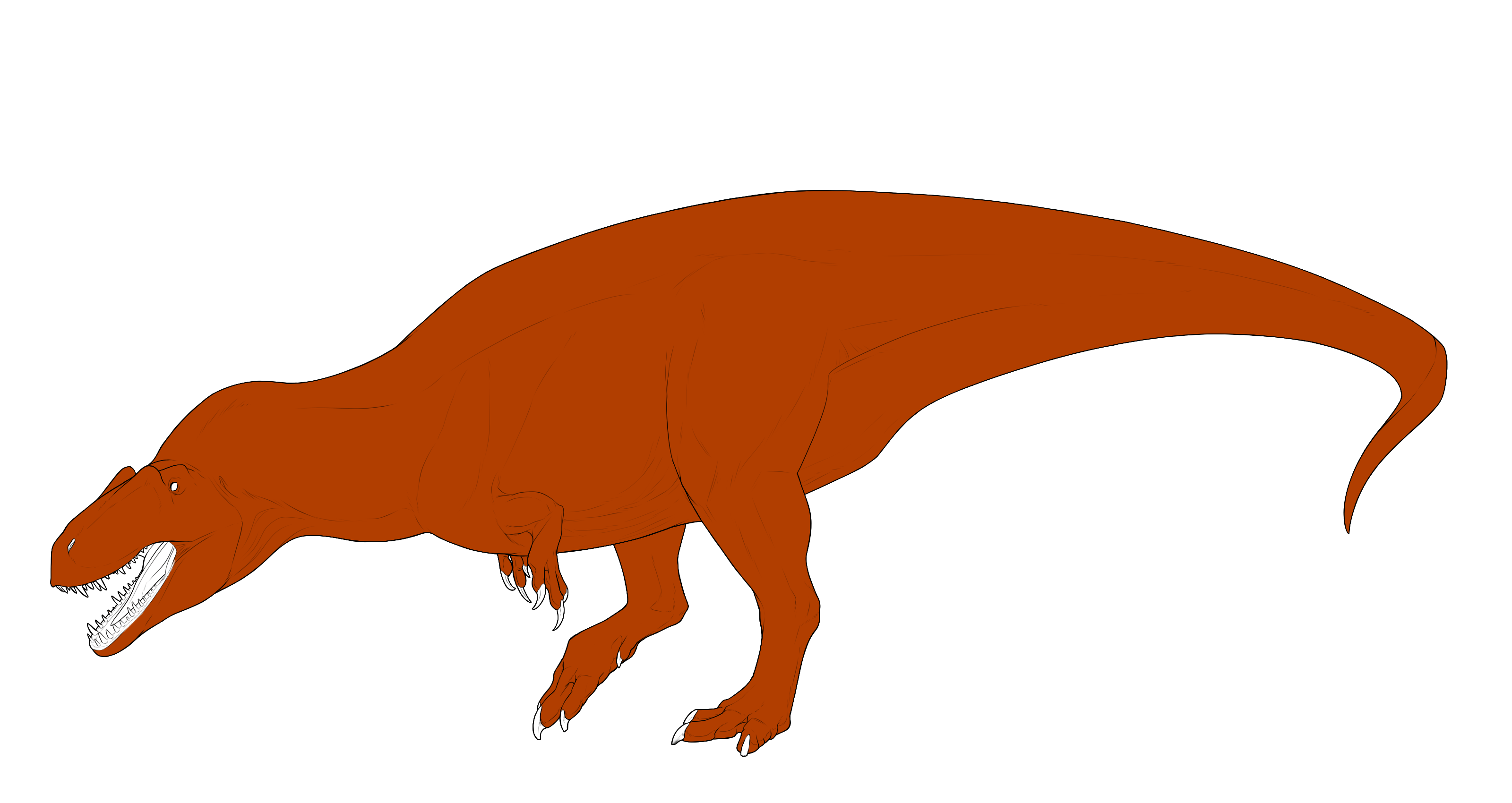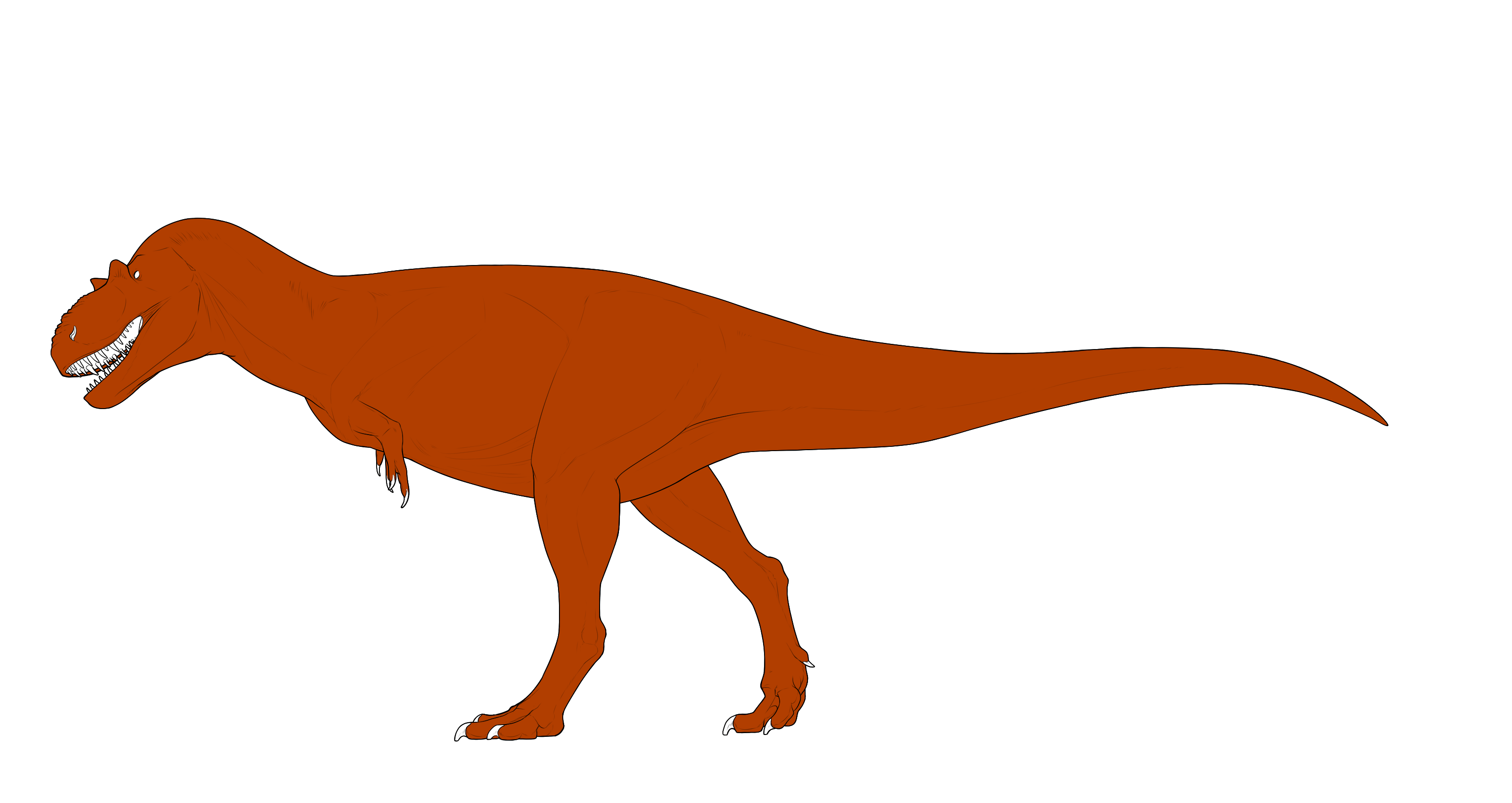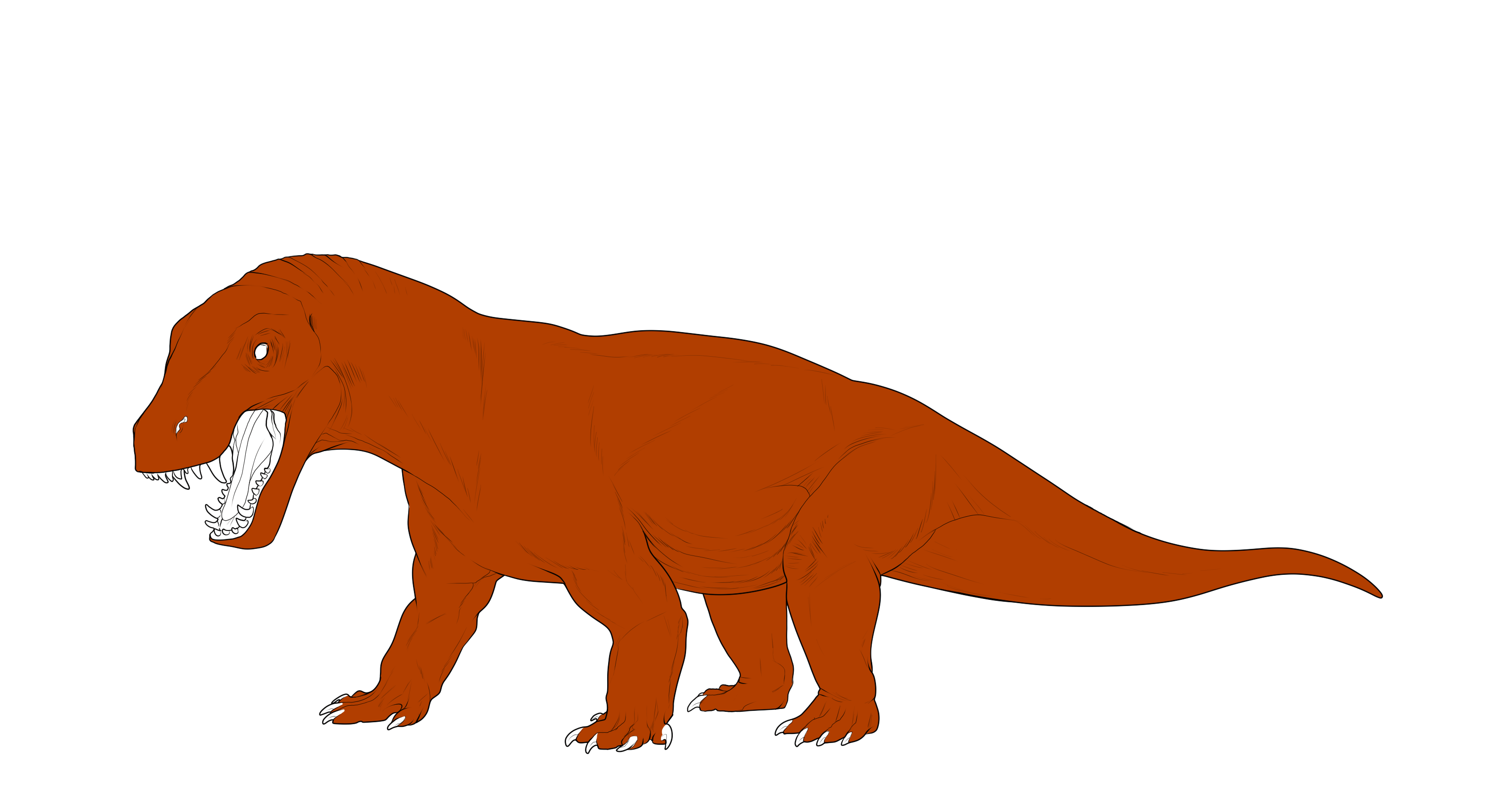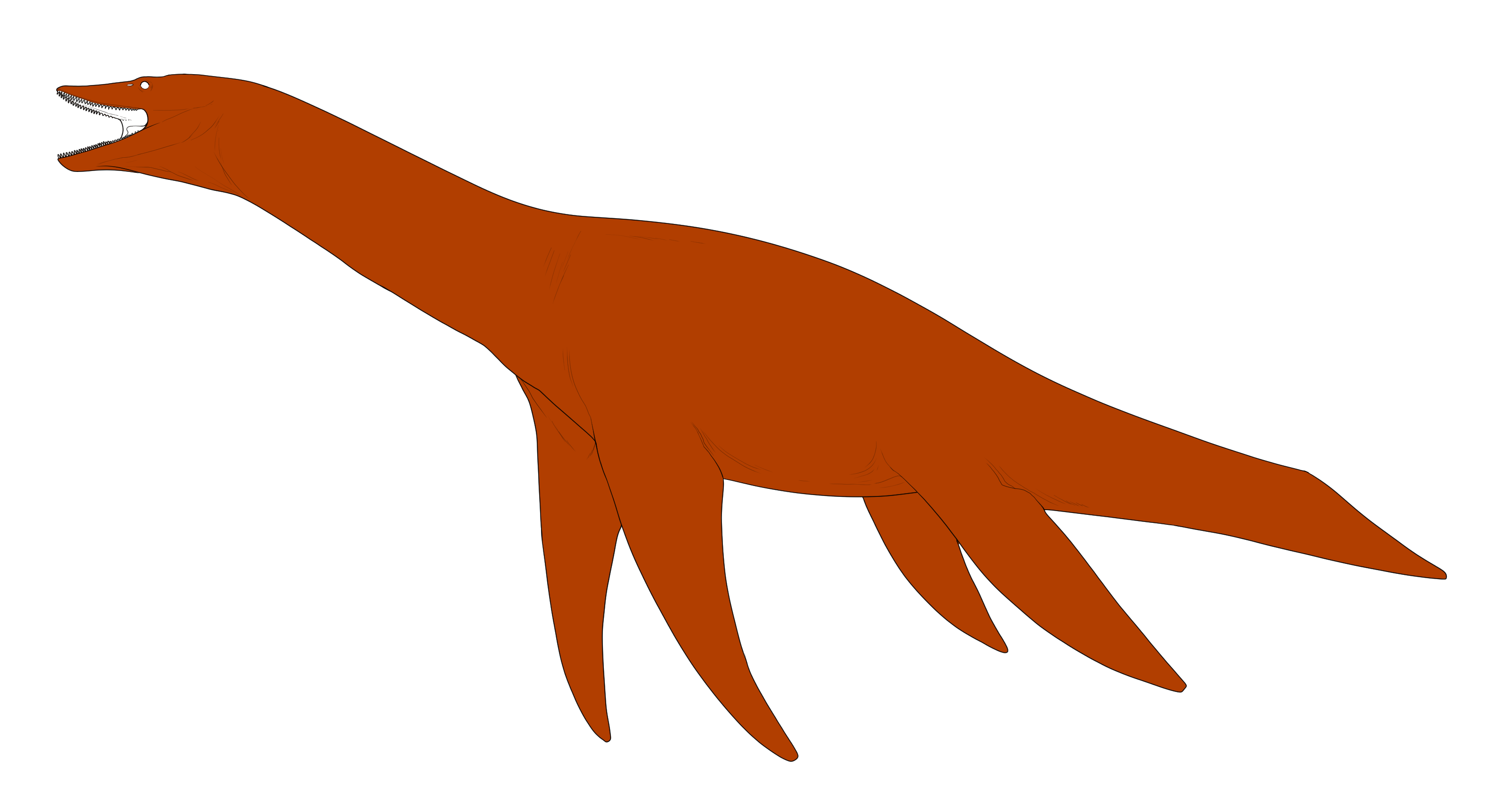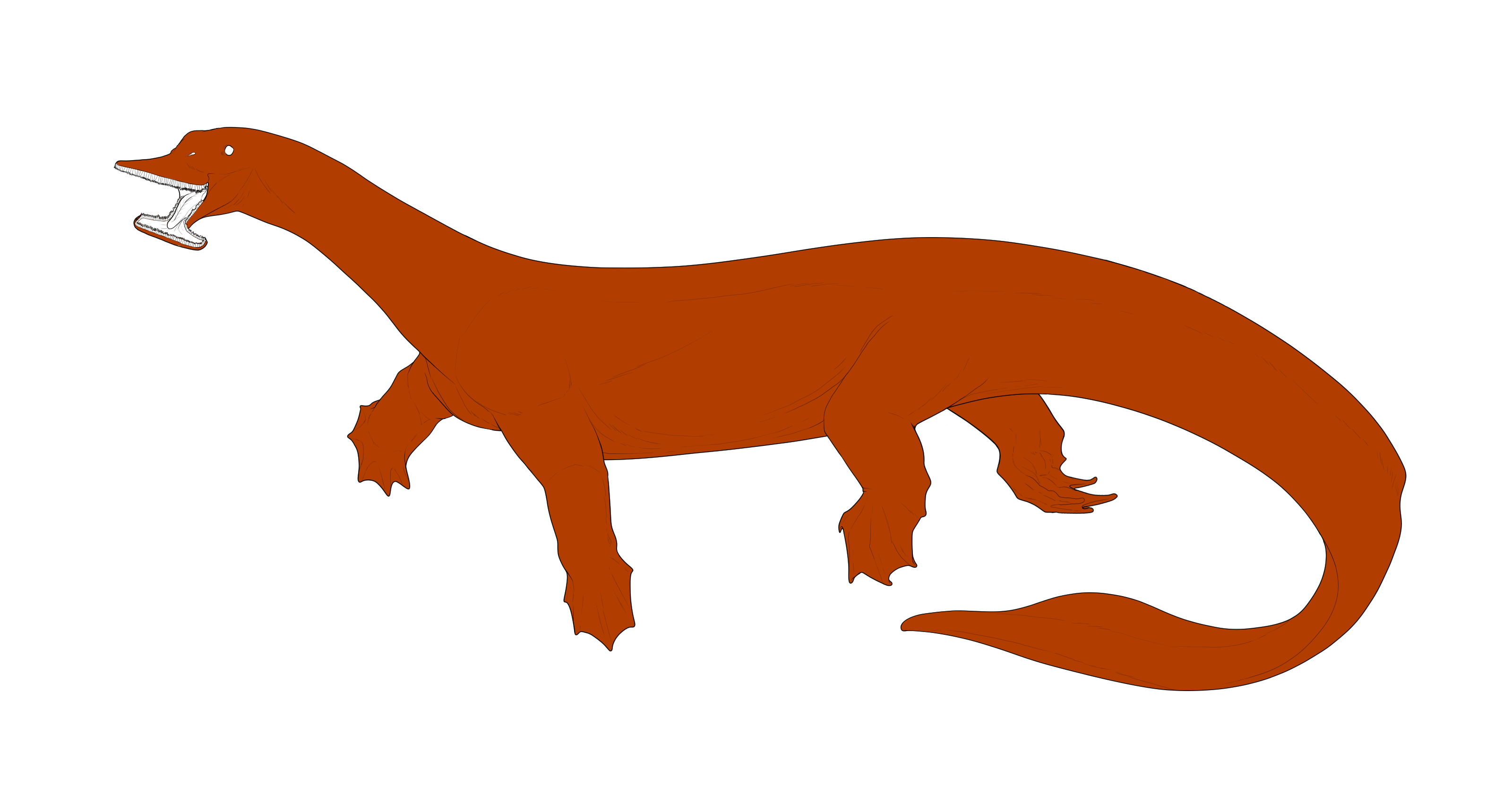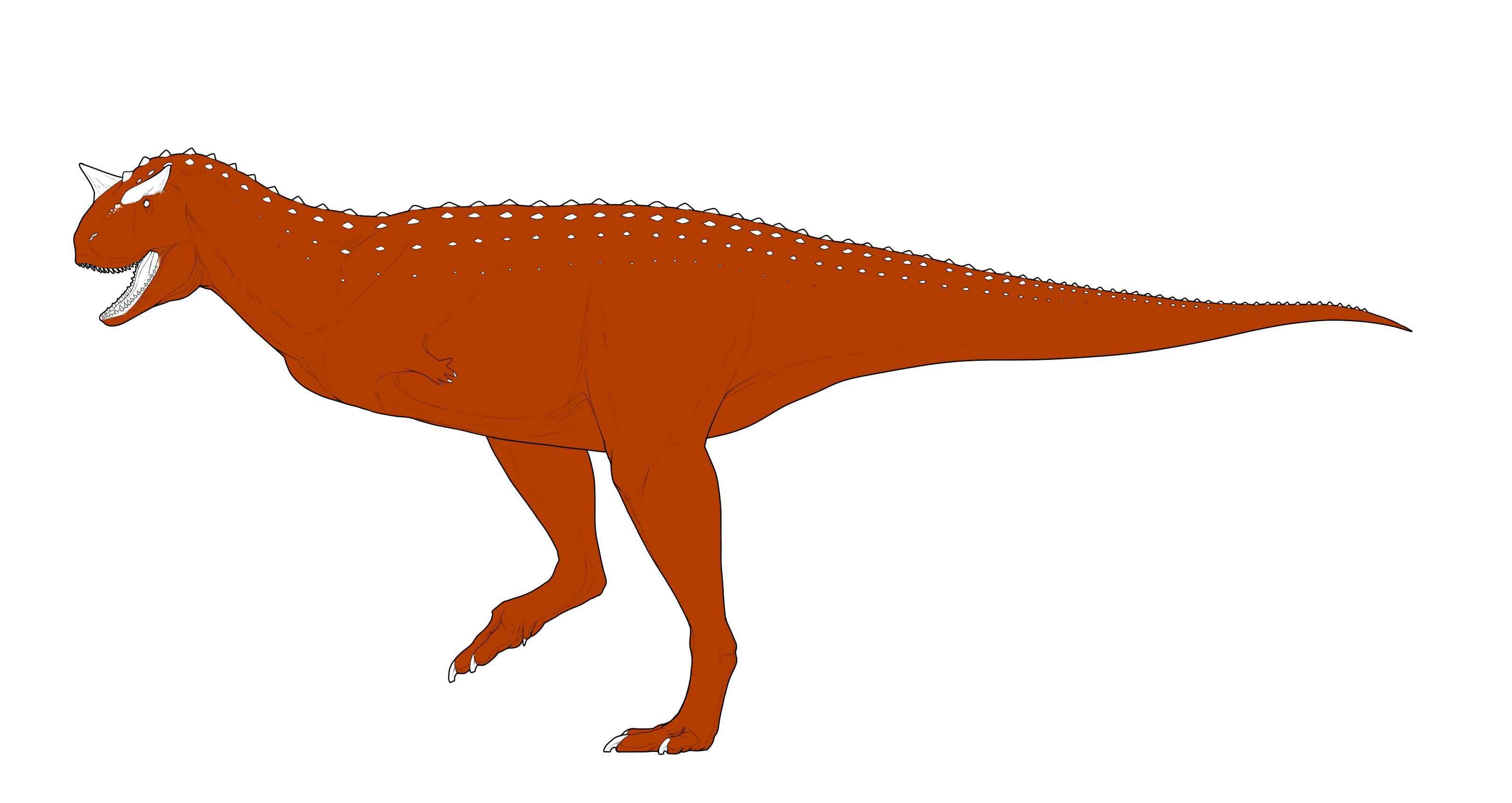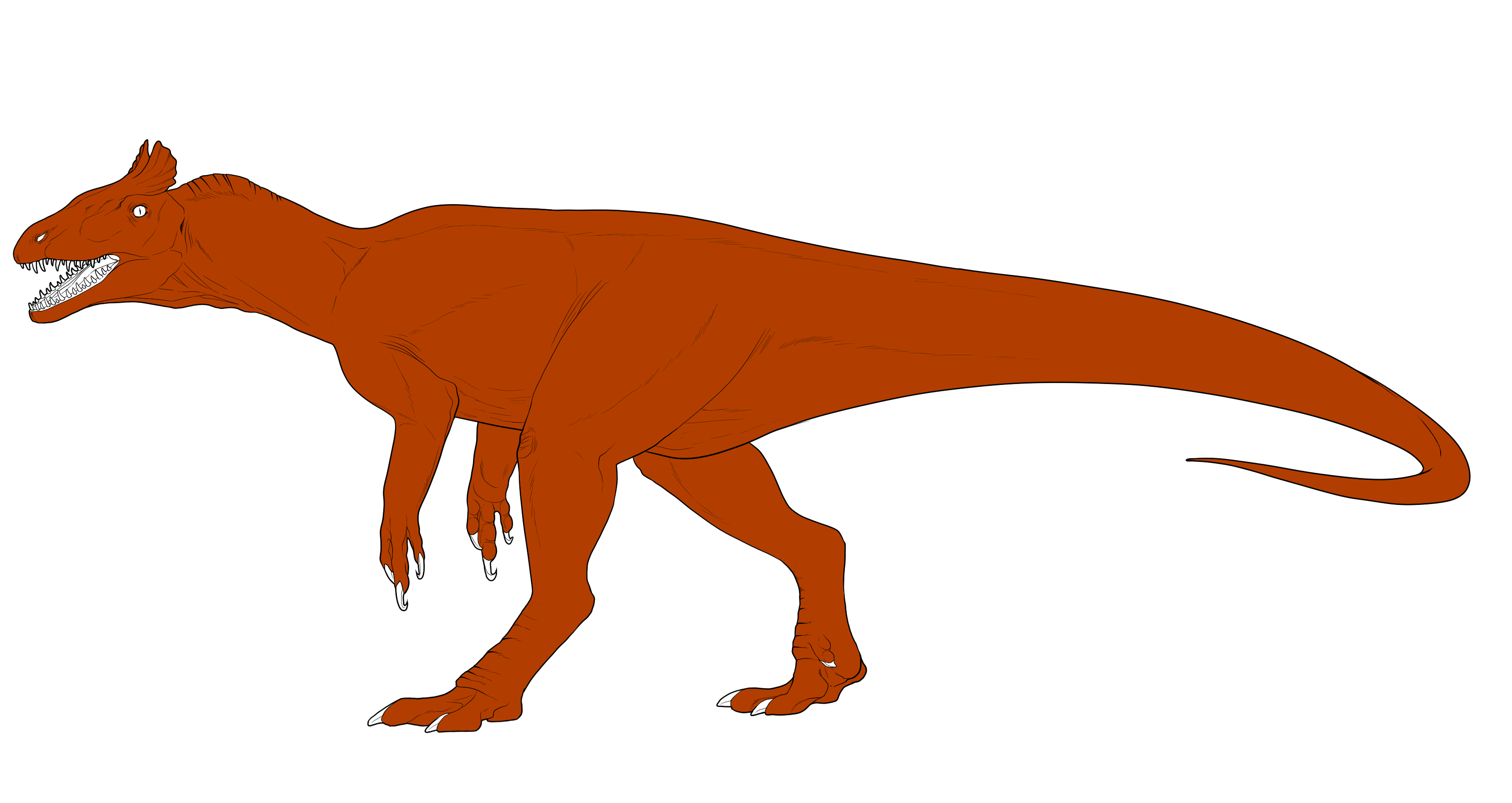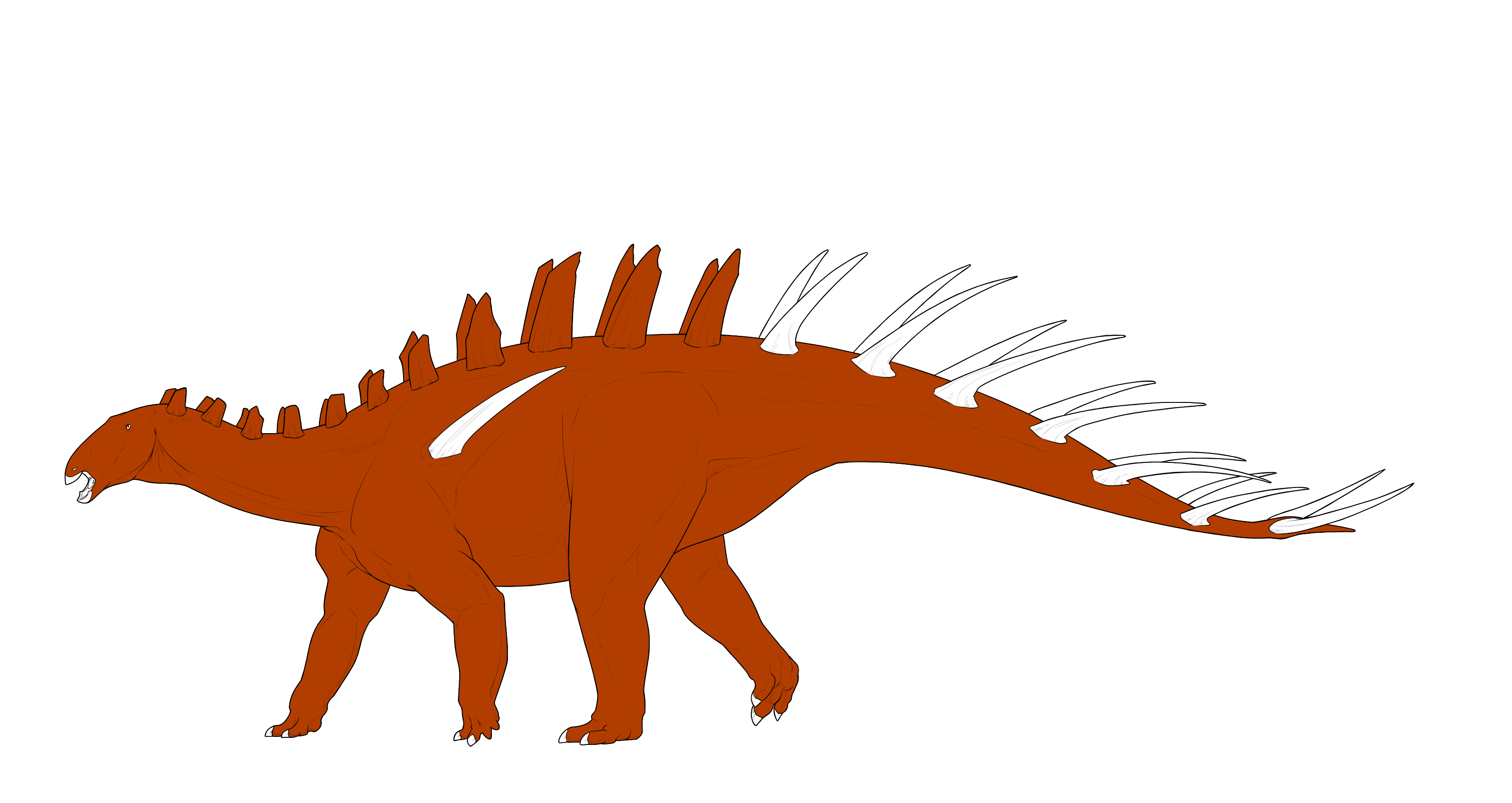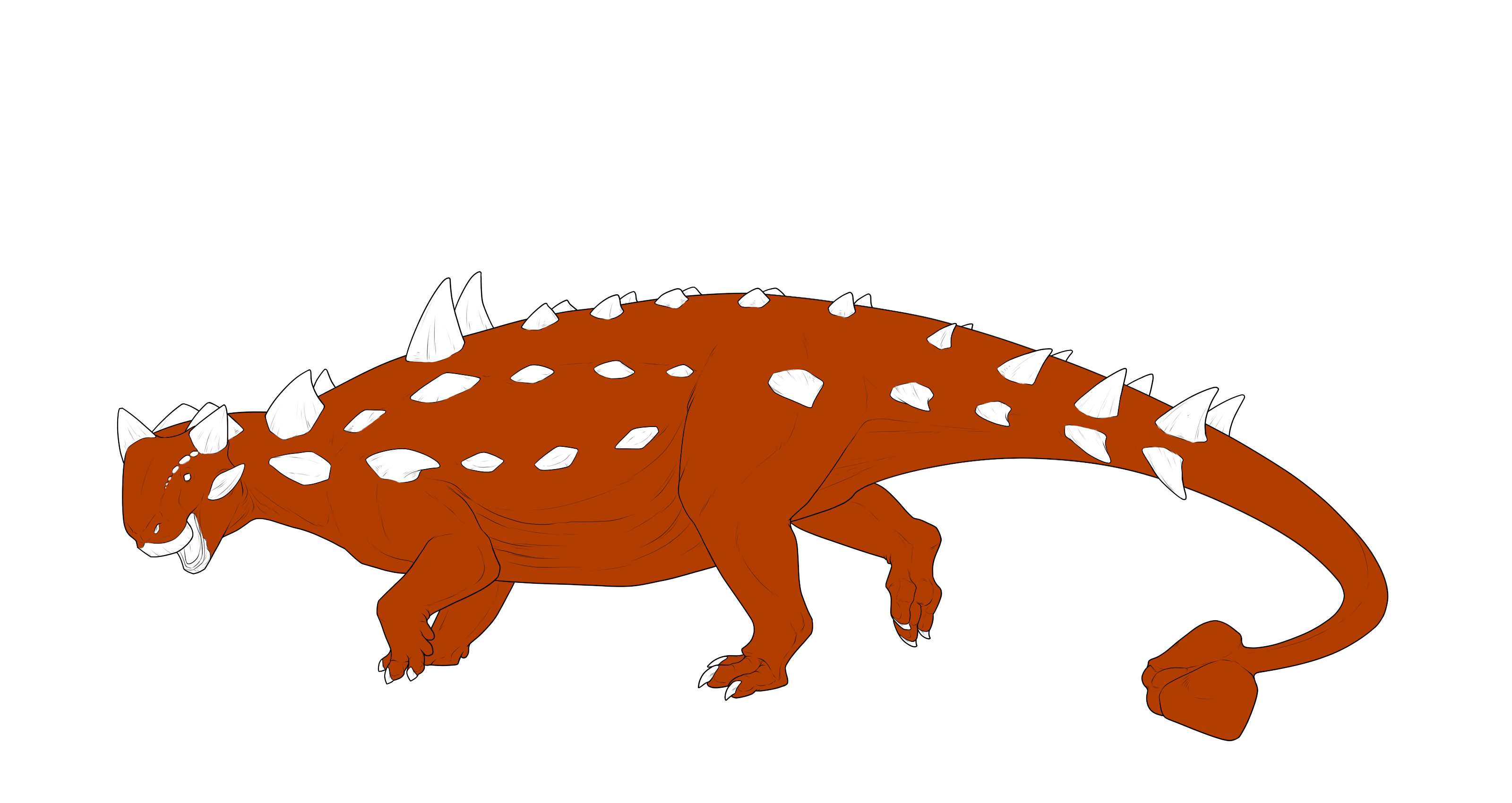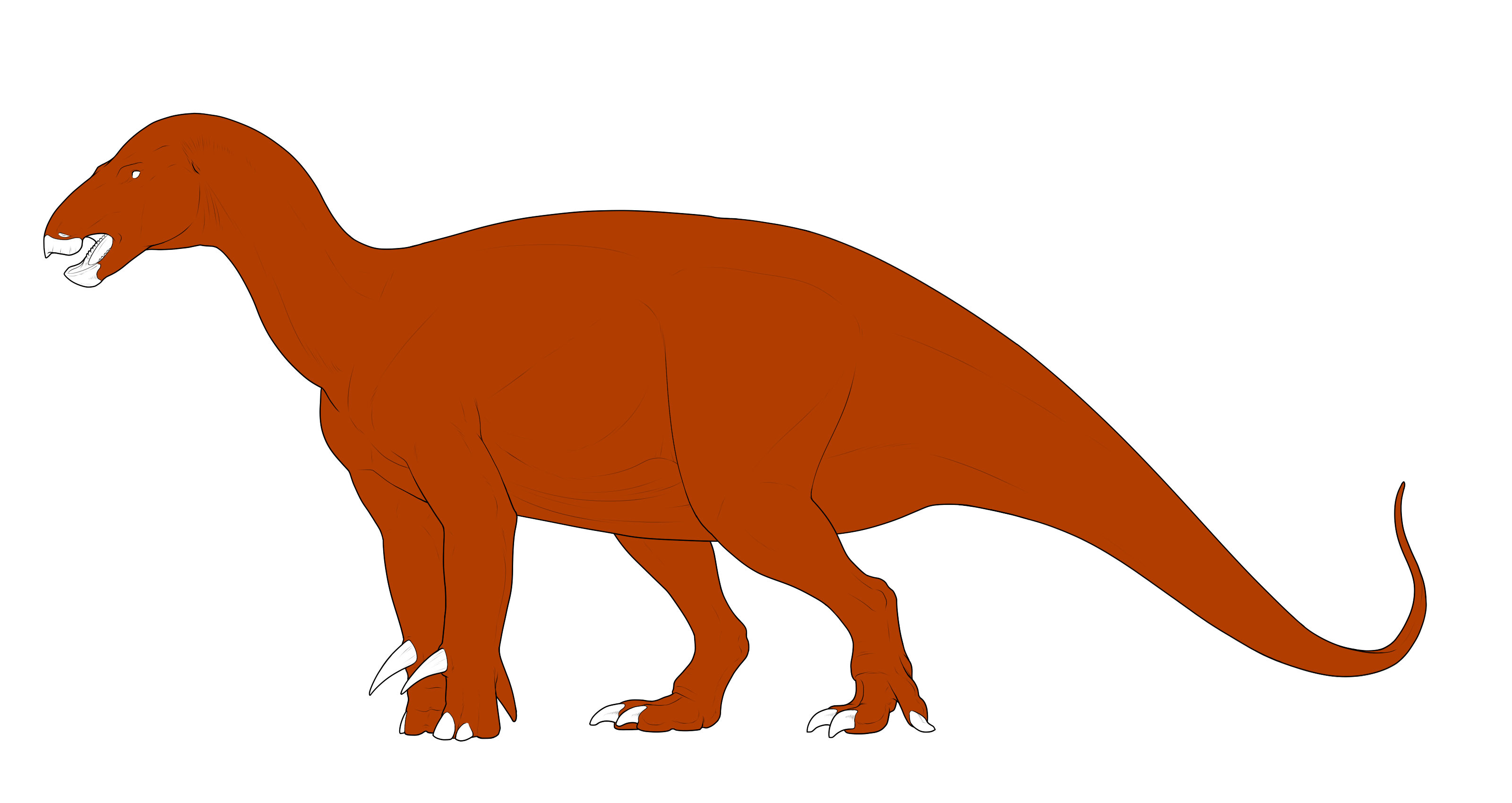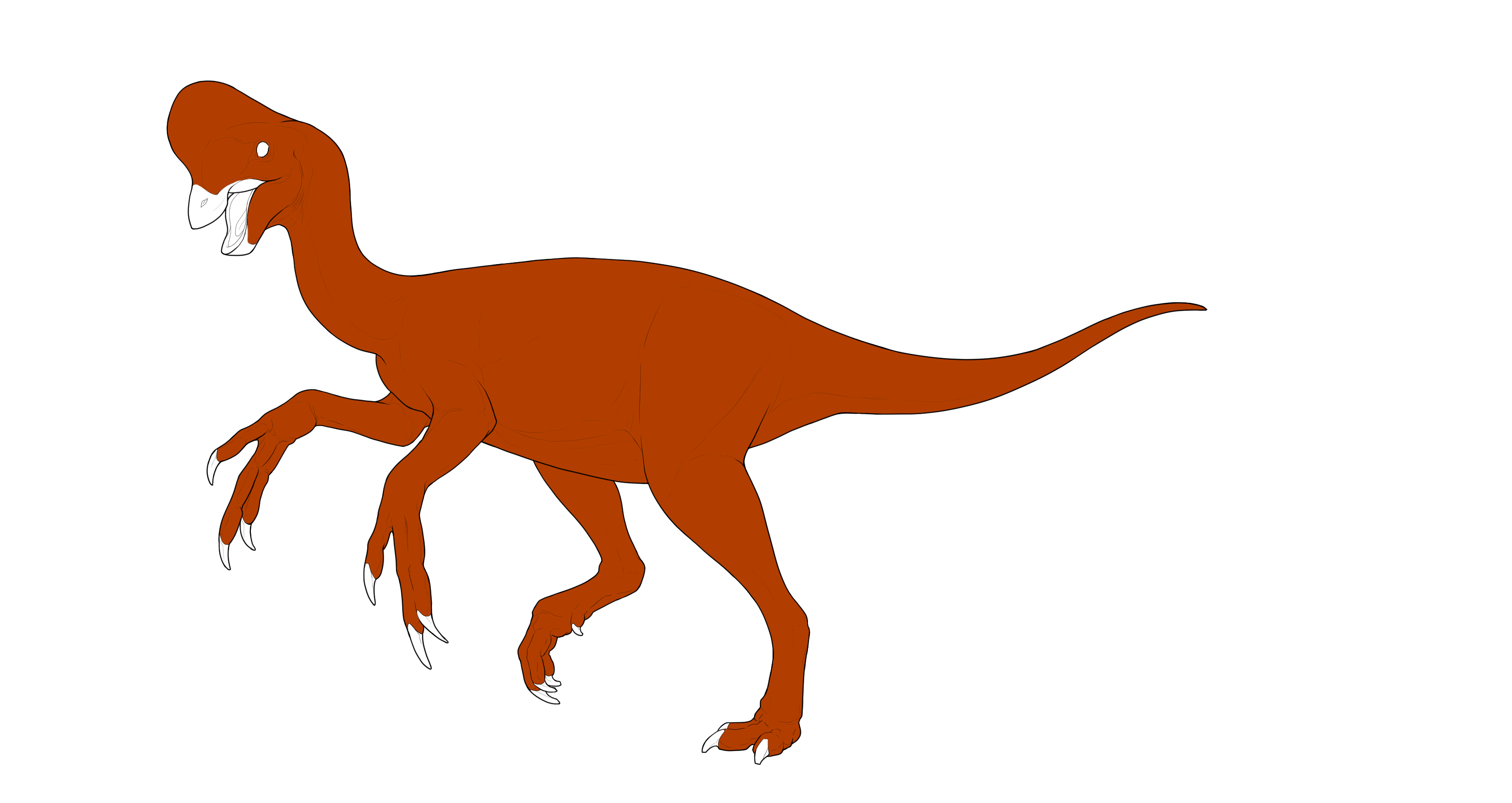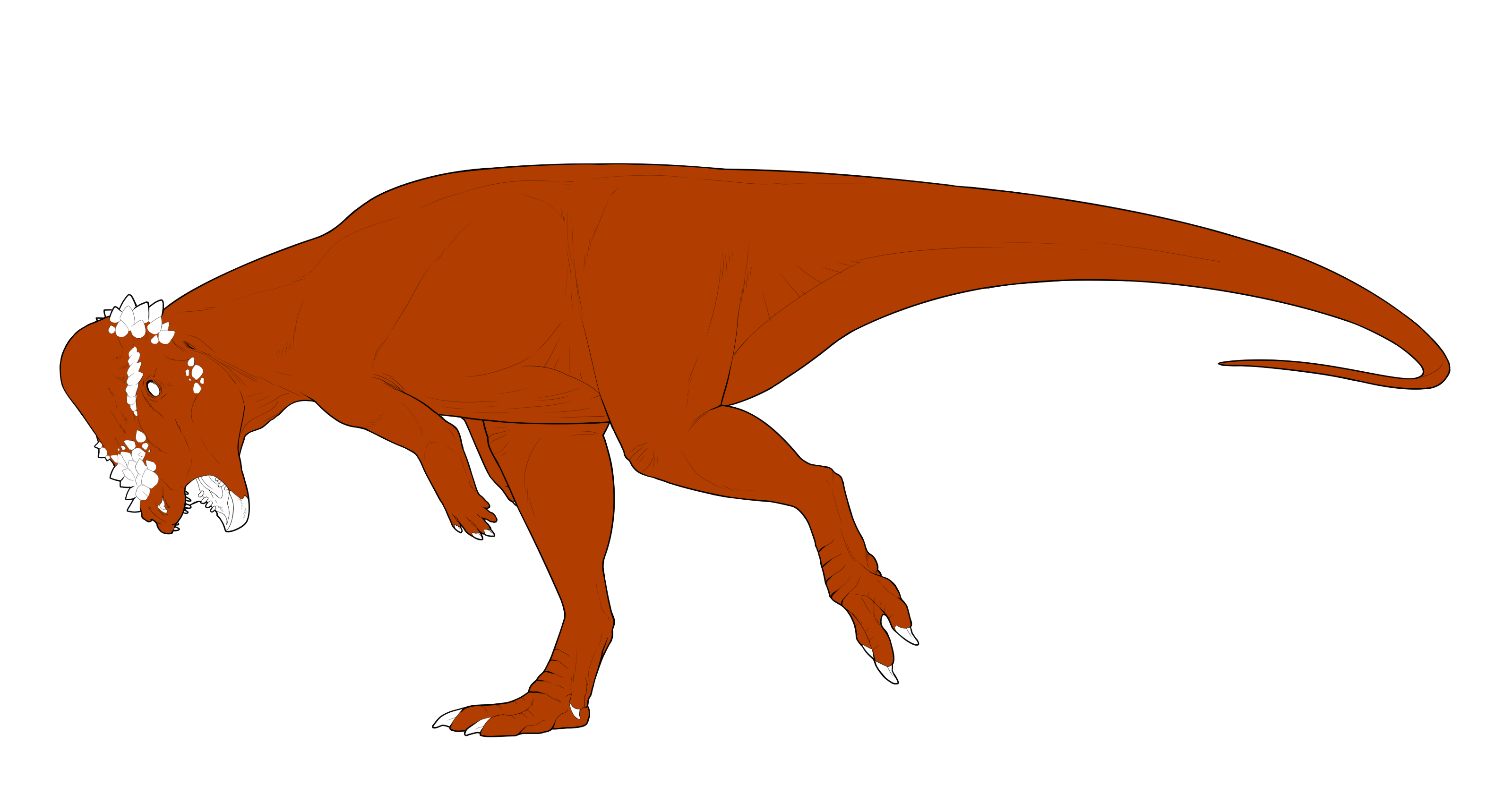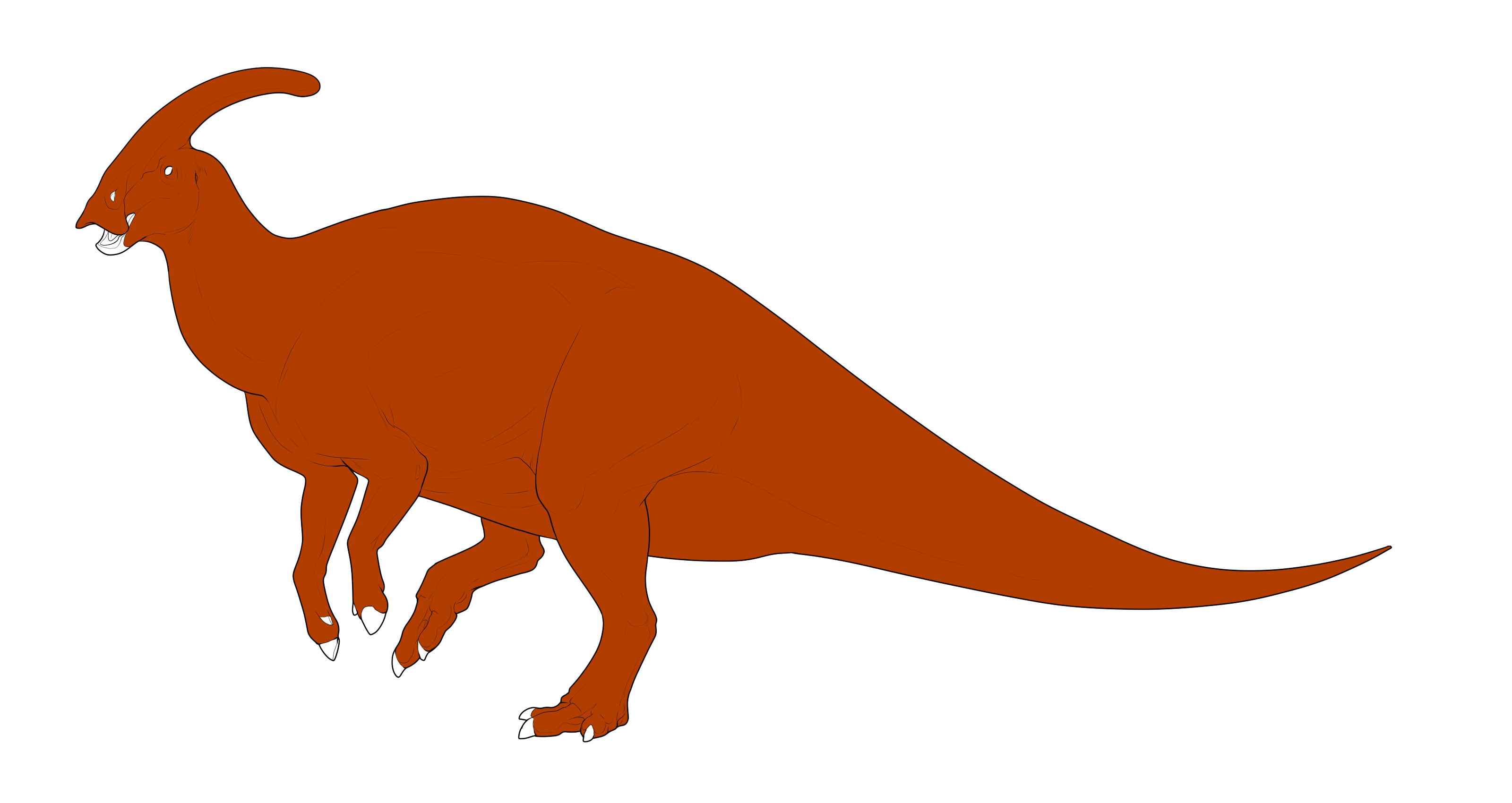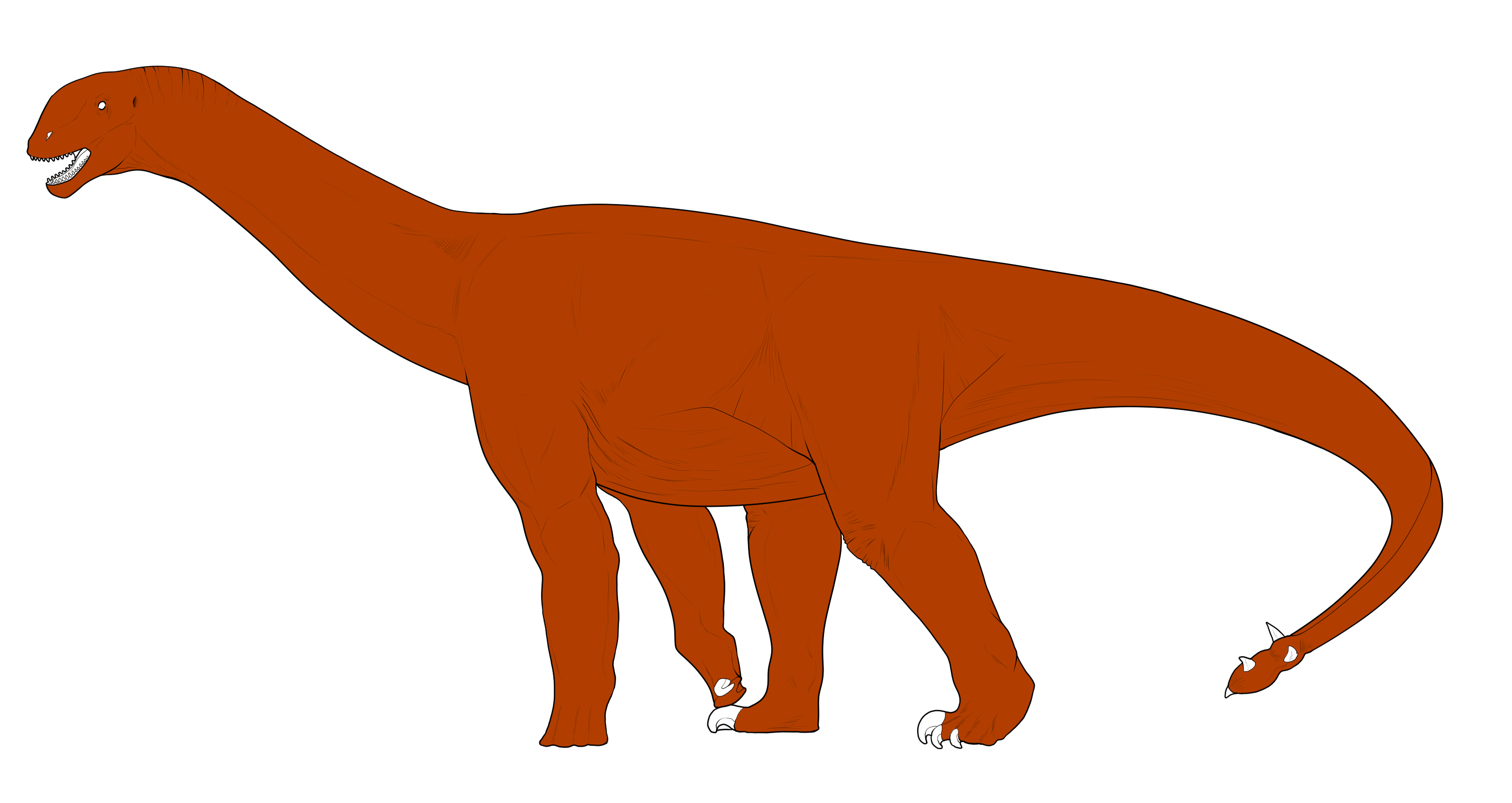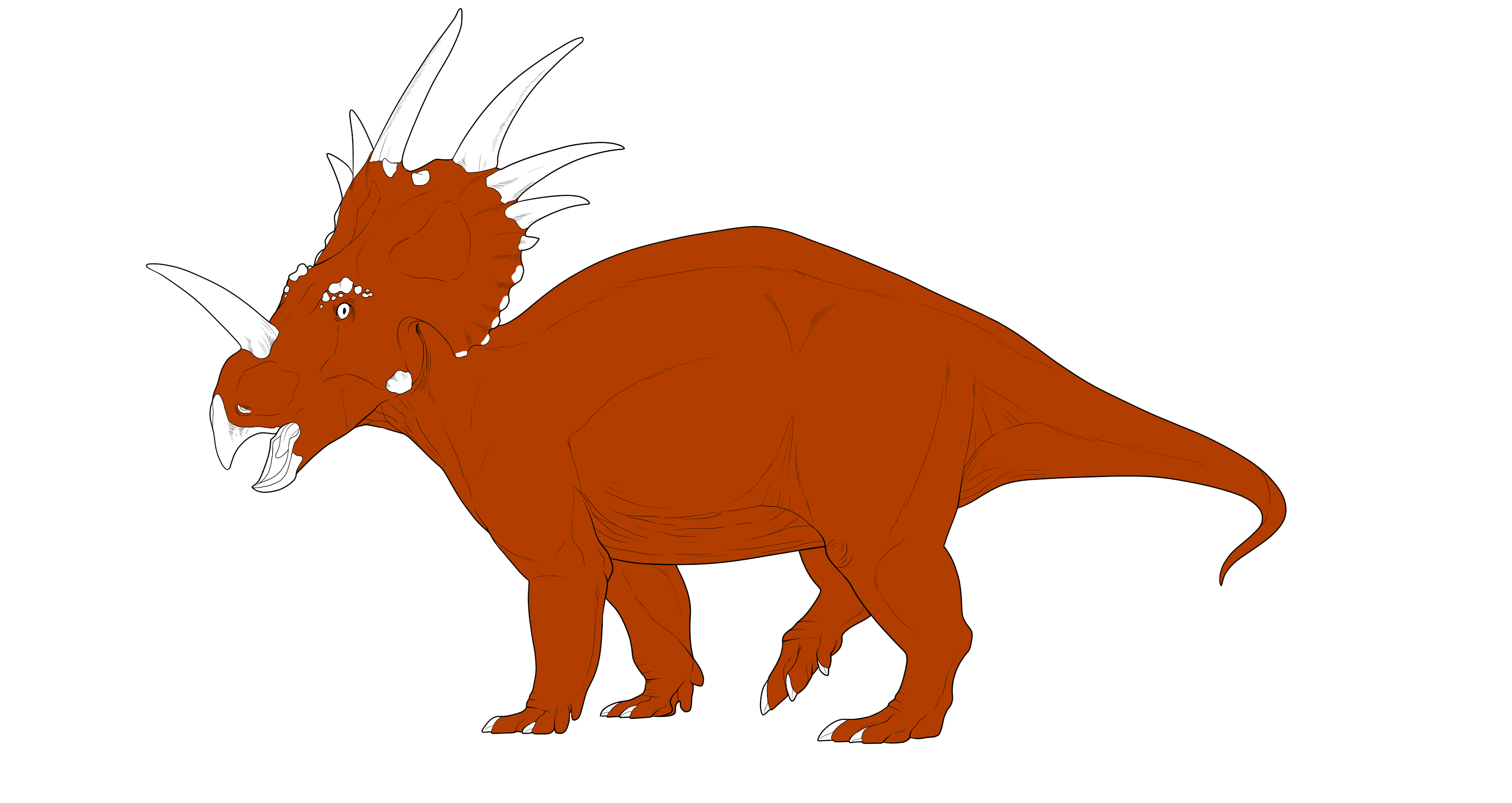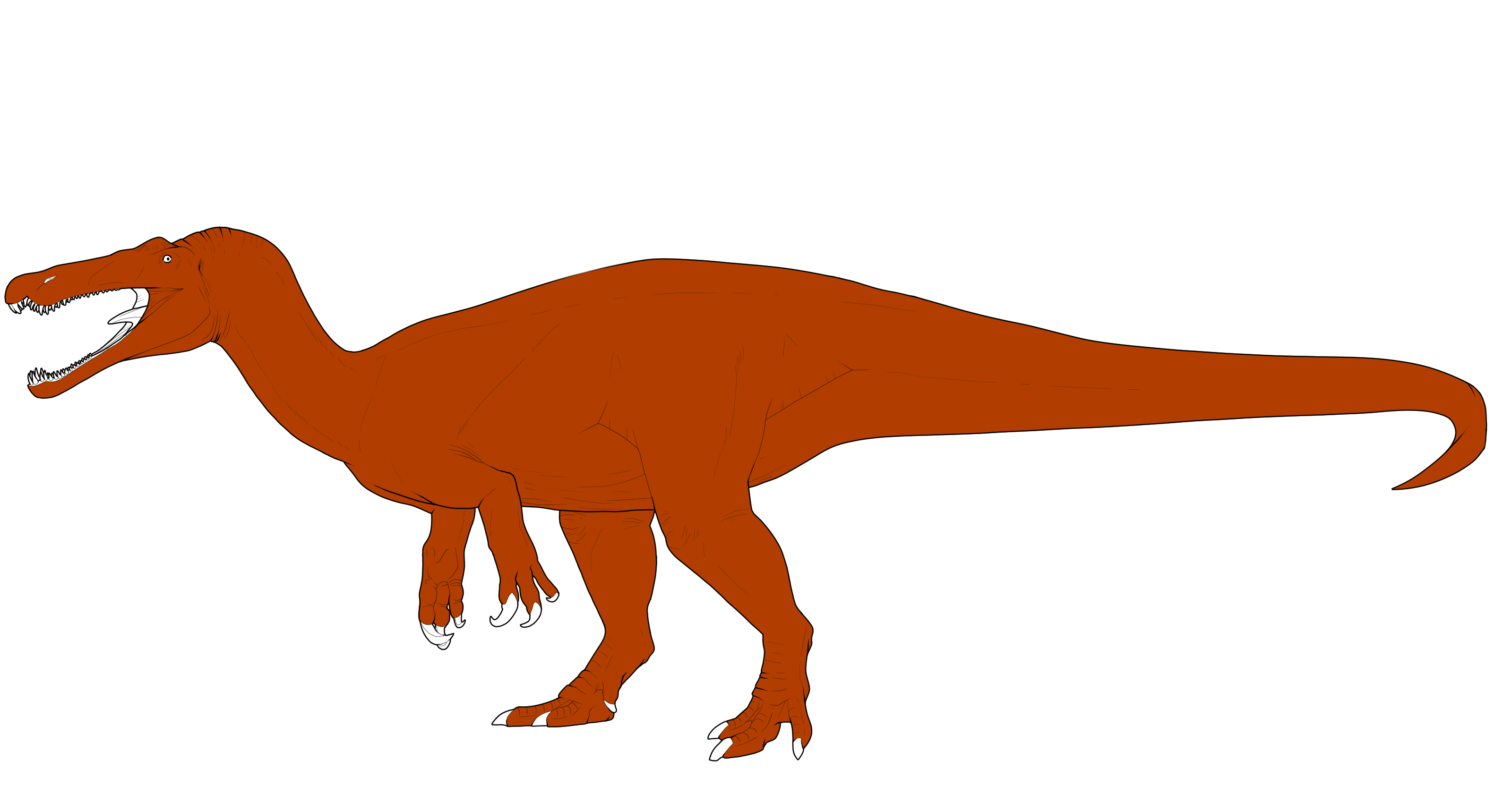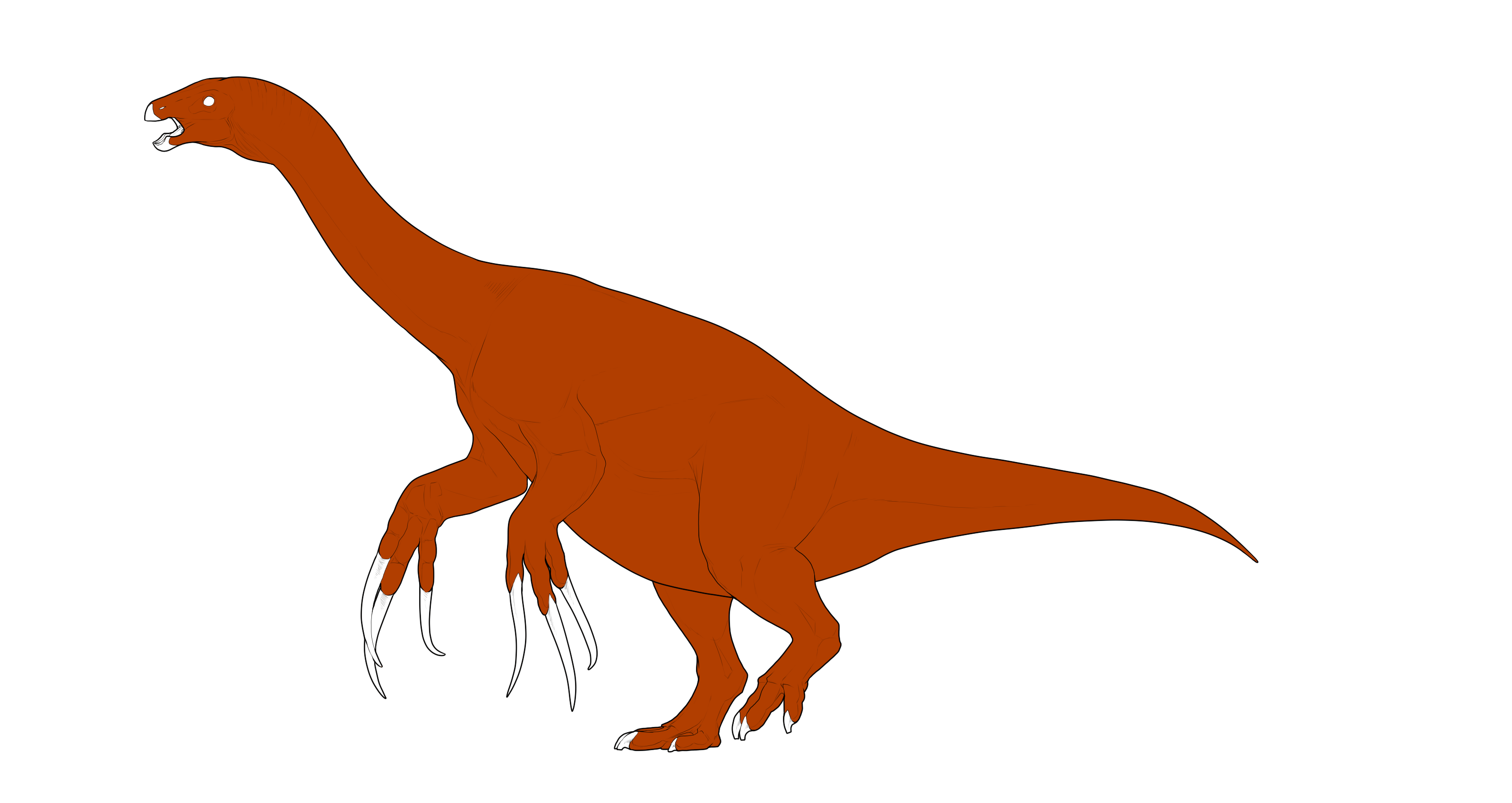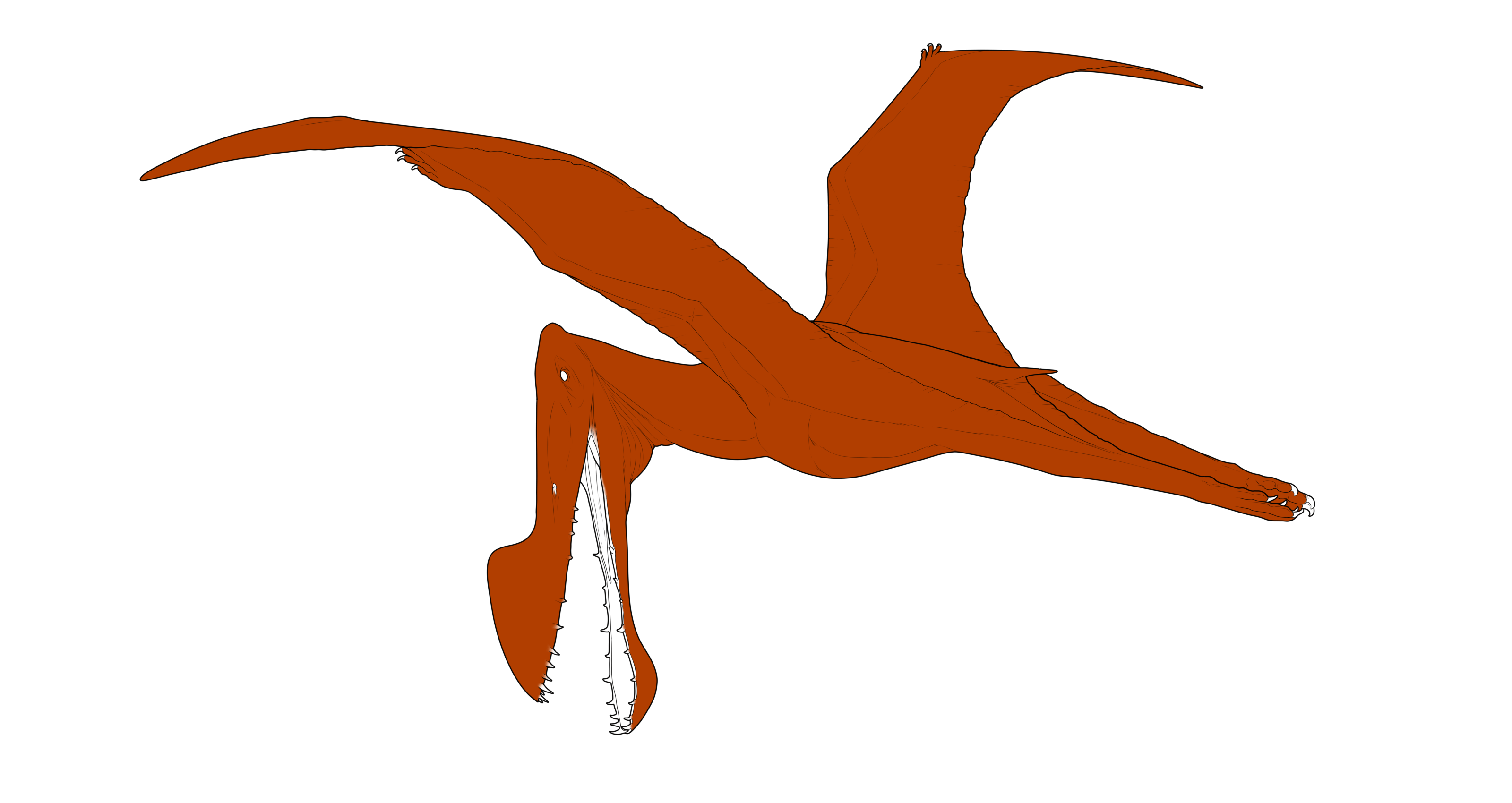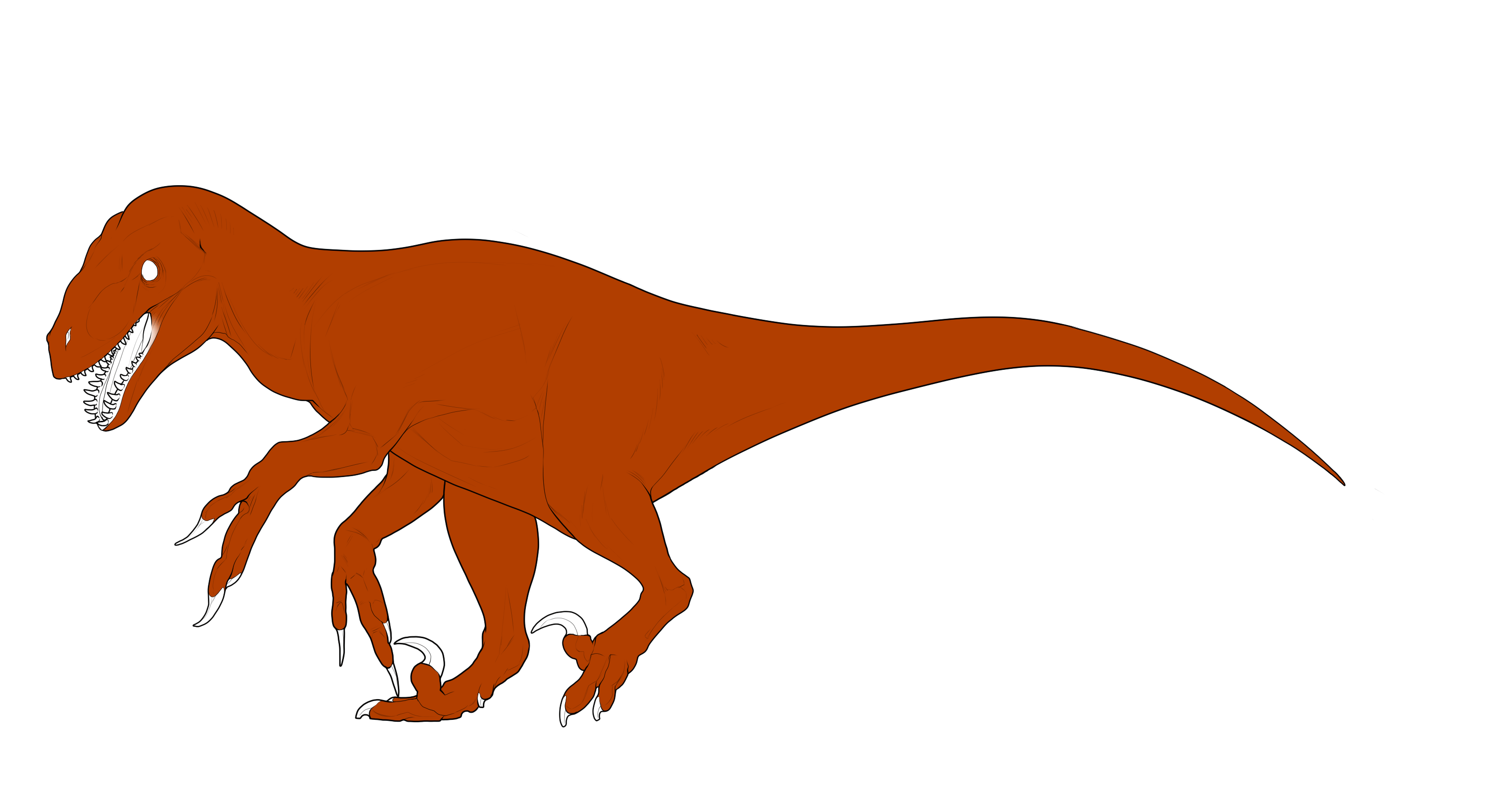Pn (het form) | | PNPN (hom form)Painted is a marking inspired by African wild dogs, also known as Painted dogs or Painted wolves
Skip to:
Skip to:
- Shape and Placement - Color - Edge Types - Examples - Ranges -
Shape and Placement
- Painted creates irregular but two-colored blotches or patches.
- The blotches and markings created by Painted must remain natural-looking and irregular.
-- They cannot create specific shapes like stripes or unnatural shapes like swirls, etc. - As a minimum, at least a few patches must be visible.
-- As a maximum it cover the whole body, as long as the base coat is still recognizable and visible against Painted. - It may present holes and some stray spots coming off of the blotches.
- This marking cannot mimic other markings, especially Patches.
Color
- This marking is always bi-colored.
-- The lower layer must be darker than both the base coat and the upper layer.
-- The upper layer can be darker or lighter than the base coat. - When Het, each part can be one solid color.
-- Both parts should be different colors, so that each part is visible. - When Hom, each part can have a two-toned gradient.
-- The additional color and direction of the gradient can differ between parts.
-- Both colors of the lower layer need to be darker than the colors of the base coat and the upper layer. - Can be any natural color.
- Can be affected by color modifiers.
Allowed Edge Types
Painted is allowed one edge type from the below options - a guide to each edge type can be found by clicking on the images
Examples
Correct Examples
Incorrect Examples
Correct Imports
Incorrect Imports
No examples yet!
No examples yet!
Ranges
Click the buttons below to see all species ranges and click the image for a full-size version to overlay onto your import!
Additional information can be found in the Marking & Color Guide.

